|
(updated 12th Oct 2017)
I have recently come across a translated excerpt by the Greek botanist Theophrastus. Theophrastrus ( 371 – 287 BC), a Greek native of Eresos in Lesbos, was the successor to Aristotle in the Peripatetic school. I find it fascinating that the subject of friction fire was being written about like this over 2000 years ago! Theophrastrus references Menestor - A Pythagorean from Sybaris, contemporary of Empedocles (5th cent. BC i.e. 500BC to 401BC) thought to be one of the earliest Greek botanists! In the below, Theophrastrus refers to Travellers Joy. In the UK this is Clematis Vitalba (also referred to as Old Man's Beard.) The Latin clematis is thought to derive from the Greek word for shoot as it is a climbing plant, he also reccomends Ivy and Bay as the best fire sticks. Clematis Vitalba works well as a hearth board as does Ivy. I have not yet tested Bay - I'm still on the look out for some! The below is from a translation of Theophrastus work Enquiry into Plants by Sir Arthur Hort published in 1916 and thought to be the first English translation I’ve been lured by folklore that the mighty sacred Oak was used to kindle fire through friction. Sir James Fraser mentions Oak quite a few times in the Golden Bough. I always thought Oak would be too hard a wood to tempt fire out through friction, so I wanted to test the folklore to see if Oak could be used especially for ritual/ceremonial fire. I sourced some dead English Oak (approx 6 months old) from the local woods and was getting lots of smoke and black dust when using Oak on Oak with the bow drill but not an ember. I then tried a Hazel spindle and managed to tempt an ember.
I then doubted that it was Oak as the general rule in bushcraft is that hard woods aren't really suited to friction fire and Oak doesn't appear on the list of recommended woods. So I did a bit more homework, re-visited the fallen branch, double checked the bark, buds etc and confirmed it was Oak. I then attempted an ember again, and finally achieved an ember using Hazel on Oak. Not an obvious combination but I tried Hazel as Hazel works on a range of woods. It wasn't easy, and I found that Oak doesn't like being damp (unlike some other woods), as it had got damp in the shed. After drying the Oak out for a couple of hours I tried again and after a few minutes of bow drilling tempted out the ember, Then a few days later I tried again., by carving a spindle out of a larger piece of Oak and eventually achieved an ember. I drilled through to the bottom of the hearth, so then took the pressure off and drilled fast and the friction ignited the pile of dust. and created an ember A day later I tried again and achieved an ember, much quicker and easier within a couple of minutes! So Oak is possible, but it does need to be seasoned and dry, and may take several attempts at first. I found it easier carving a spindle from a larger piece fromm than trying to use thinner branches - which tend to be not very straight! Oak does give a good strong ember though which lasts a while. I’ve quoted a couple of different references to the use of Oak from The Golden Bough below. ( I've also seen references to Laurel and Ivy being used in Ancient Greece – another one for the to-do list.) “The chief diety of the Lithuanians was Perkunas, the god of Thunder and Lightning, whose resemblance to Zeus and Jupiter has often been pointed out. Oaks were sacred to him, and when they were cut down the people loudly complained that their sylvian dieties were destroyed. Perpetual fires kindled with the wood of certain oaks-trees were kept up in honour of Perkunas, and if such a fire went out, it was lighted again by friction of the sacred wood.” Of Teign-eign (Force Fire) … ….”The most primitive method seems to be that used in the islands of Skye, Mull and Tiree…A well seasoned plank of oak was procured, in the midst of which a hole was bored. A wimble of the same timber was then then applied, the end of which they fitted in the hole….They used a frame of green wood, of a square form, in the centre of which was an axle tree or wimble. In some places three times three persons, in others three times nine, were required for turning round by turns the axle-tree. (This describes the devices which I have written about here…. .http://www.bowdrillian.co.uk/blog/need-fire ... another future project ....) There is a perception that friction fire prefers dry conditions. Admittedly it is far easier in dry conditions and not all woods like dampness and I can't use the hand drill with damp wood and I'd prefer the dry any day! However, It can be possible with some wood species which are damp using the bow drill. I'm not saying you can do it with soaking wet, soggy all the way through wood but it can sometimes be possible with damp wood as I've tested recently. Of course, if it's chucking it down with rain you need to get into a sheltered spot and of course you need dry tinder and wood. Personally I prefer to carry everything I need with me but if you have the knowledge, it can be possible but a bit more prep may be needed (e.g. making feather sticks etc, using tinder fungus.) It's best to try and find dead standing wood with bark on as rain runs off it and it doesn't get as wet as wood on the ground or horizontal wood.
As an experiment I soaked a freshly made hazel drill (without bark) and an Ash hearthboard in water for over half an hour then I made a fresh hole and attempted to tempt an ember out. I had wiped off the excess water first and the wood was still damp, however the friction dried out the wood and I was able to tempt out an ember. It took a little bit longer than with dry wood, and the drill did slip a bit at first. The top of the spindle did suffer a bit and bits broke off due to the moisture but the bottom end worked well. Of course, out in the woods, it'll more difficult especially if raining as you'll need to try and be sheltered and keep your hands and your kit dry etc and you'll want to try and place the hearth on something dryish and try not to drip all over it! The wood also needs to be suitable. e.g right deadness, not green. And some woods ay not work in the damp. A wood like ivy may bot work as that soaks up moisture but woods like dead standing hazel ashould hopefully work in the wilds. I've been experimenting and playing around with notchless hearthboards with the bowdrill (there may have been a time when notches weren't used due to limitation in ancient tools...) I tried just drilling into wood but couldn't get an ember as no concentration of the dust except around the edge - I think it is possible. if you go for long enough (and I have seen photos of embers around the edge of the hole). But there are other methods which work well... I tried the below techniques :  1) I drilled one hole with the bow drill, then I drilled another next to it so the dust fell into the adjacent hole and formed an ember (this worked on the first attempt.) 2) Using a thinner spindle (about 5mm) I drilled a hole on one side quite deep until nearly through then directly opposite drilled another hole with a wider spindle, and an ember formed within the hole. I pushed the ember through with a stick (this also worked on first attempt.) There are other methods, one being: placing two sticks horizontal side by side and tying them together at each end, and then drilling in the middle of the groove and an ember should form at least on one side, sometimes both sides. I've not tried this one yet. I also tried drilling close to the edge of the board, but the drill kept slipping off.
The above two methods, did work well however. 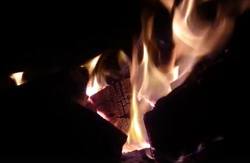 So my focus is more on friction fire (and stories\rituals\sacredness etc) than bushcraft but I thought I would write a bit on firewood, as once you've tempted that ember out of the wood, you need to be able to feed that ember and feed the fire. It is good to understand the properties of wood and which ones are good for burning, especially outdoors in the wild (which is slightly different to home especially if you use a wood burner.) The best kindling wood, is wood which burns easily and fast, and best fire wood is wood which is usually denser, burns more slowly, doesn’t spark\smoke and gives good heat output. Here are a few different types of wood you may find in UK woodlands, and burning properties. And of course woods burn best when dry, have had chance to season (not green) and not punky (however very dry punky wood can be good for tinder.) Look for dead standing (vertical) wood, as it will be drier (water runs off it), or wood which has been off the ground. Wood on the ground will be damper. Also, just because a wood is good for creating embers through friction it doesn’t mean it’s a good burning wood! Typically the best woods for friction fire are poor for burning and good burning woods are poor for friction - with exceptions e.g. Hazel and Ash work for both.. Also, it's essential to know your trees (a good pocket guide is very useful.) Kindling: Wood which burns easily and quickly is best for kindling and should be split very thin to start then add increasingly bigger pieces until fire is burning well. E.g. Hazel, Ash, Beech, Hazel, Hawthorn. Pine works well too for kindling. I usually use the tipi fire lay method. Firewood: Split wood usually burns better than big logs, and start with smaller (in thickness) sized pieces and gradually add bigger pieces. Recommended for open fires: Ash: Reckoned by many to be one of best woods for burning. It produces a steady flame and good heat output. It can be burnt when still green but like all woods, it burns best when dry. (Ash also works well for friction hearth boards.) Hazel: Is a good fast burning wood with little spitting and good for starting your fire. (Hazel is my favourite for friction spindles and also hearth boards when used with itself.) Hawthorn: Is a good traditional firewood that has a slow burn with good heat output and little smoke. (Good for bearing blocks as very hard.) Blackthorn: Another good wood. Burns slowly with lots of heat and little smoke. (Good for bearing blocks as very hard.) Beech: Burns very much like ash, but does not burn well when green. Has a tendency to spark. Hornbeam: A good burning wood that burns similar to beech, slow burn with a good heat output. Yew: A good burning wood as it has a slow burn, and produces a very good heat output. Rowan: A good burning wood as it has a slow burn, and produces a very good heat output. Some people prefer not to burn Rowan due to personal beliefs (it being seen as a sacred wood.) Birch: Is a very good burning wood although burns fairly fast. Mix with slower burning woods Not really reccomended for open fires Oak: Good firewood for home when seasoned but can be poor for outdoor fires. Because of its density, oak produces a small flame and very slow burn, it is best when seasoned for a minimum of two years as it is a wood that requires time to season well (so may be hard to find good well seasoned dry oak in the wild!) Due to it’s sacredness Oak tended to be used in ritual\ceremonial fires within the UK. Sycamore: Produces a good flame, but with only moderate heat output. Should only be used well-seasoned. (Good for friction fire – it’s one I’ve not tried yet) Pine - Burns well but tends to spit. The resinous wood makes good kindling so better for kindling rather than firewood. (works for friction fire – another one I’ve not tried yet) Ivy – dry and well seasoned it is supposed to burn well according to some, but in the wild can be difficult finding dry well seasoned ivy. Very good for friction hearth boards. Alder: Produces poor heat output and it does not last well. Douglas fir: Not very good. Produces little flame or heat. Poplar: A very smokey wood with a poor burn. Good for friction fire (one I’ve not tried yet.) Willow: A poor fire wood that does not burn well even when seasoned. Good for for friction hearth boards and spindles. Larch: Needs to be seasoned well. Spits excessively while it burns. Elder: Burns quickly with little heat. Very smokey. (Very good for hand drill spindles)
Elm: Typically poor for open fires as it needs to have been seasoned for a couple of years and is slow to get going Holly: Is a fast burning wood that produces good flame but poor heat output. Holly will burn green, but best dried for a minimum of a year. Horse&Sweet Chestnut: A good wood for burning in wood stoves but not for open fires as it does tend to spit a lot. It does however produce a good flame and heat output. Spruce - Burns very quickly and sparks badly. Laurel: Said to be good firewood but best stay away from Cherry Laurel as leves contains cyanide. Conflicting opinions on whether you can burn it – some say if split and well seasoned then apparently you are ok. Seen other stories of people getting headaches from it. I would say stay away from it – there’s plenty of other wood Lime: Not a good wood for burning as it produces very little flame or heat output. Very good for friction hearth boards. |
Archives
January 2024
Categories
All
|
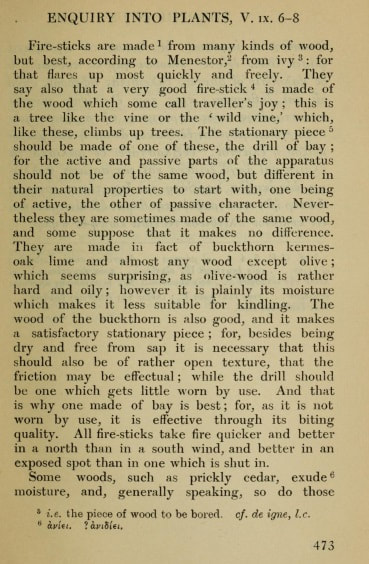
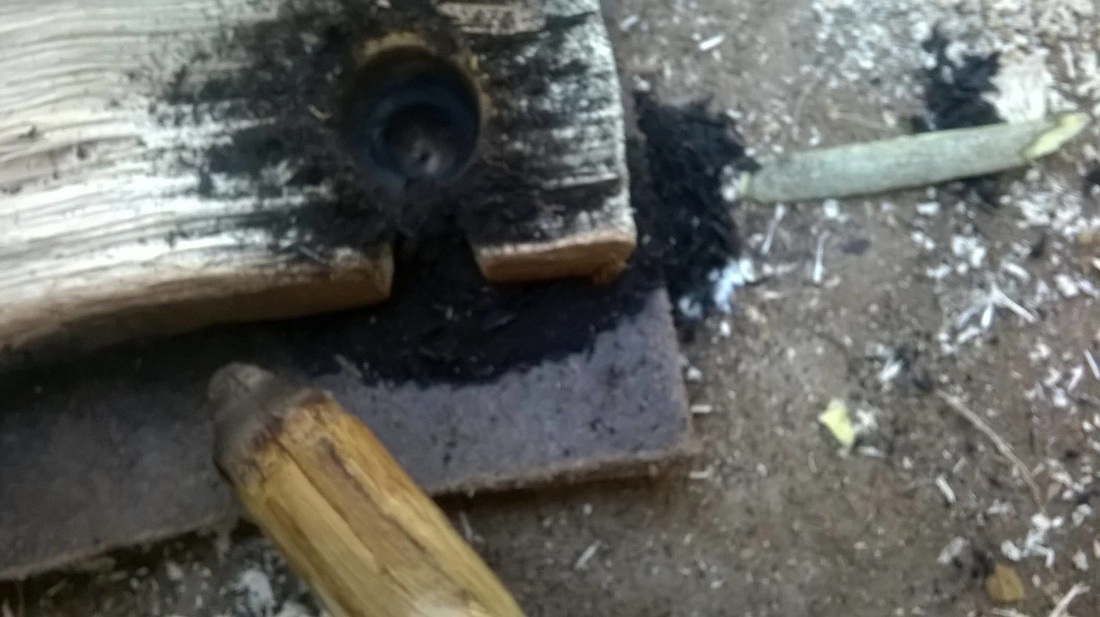
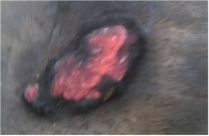
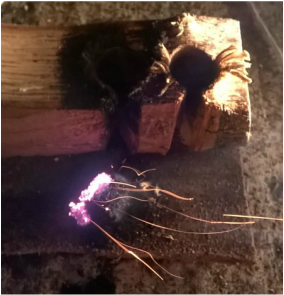




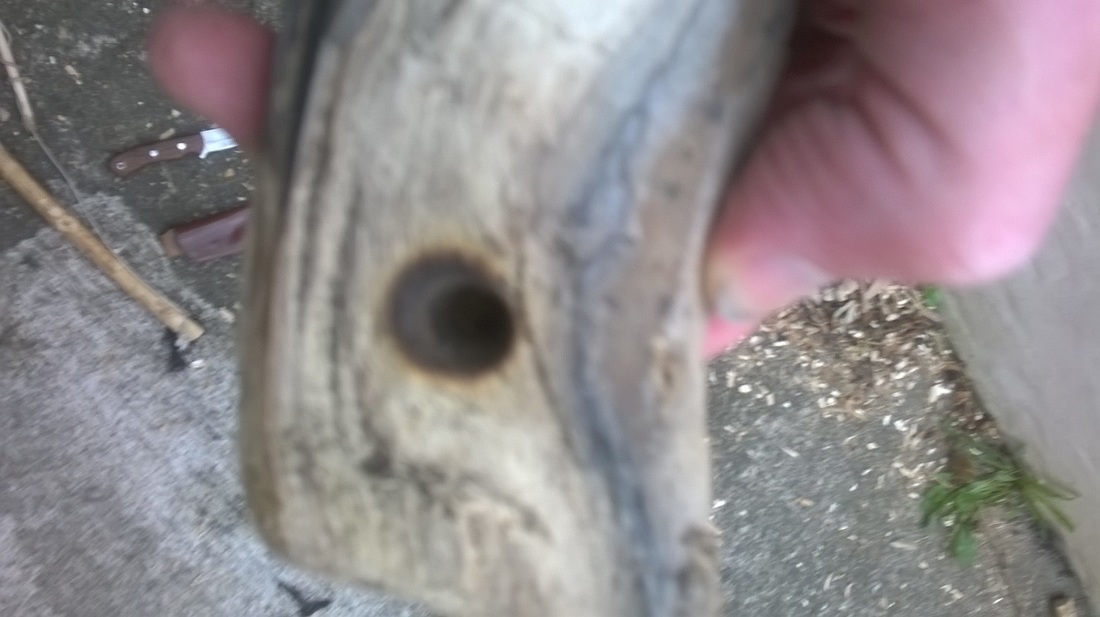

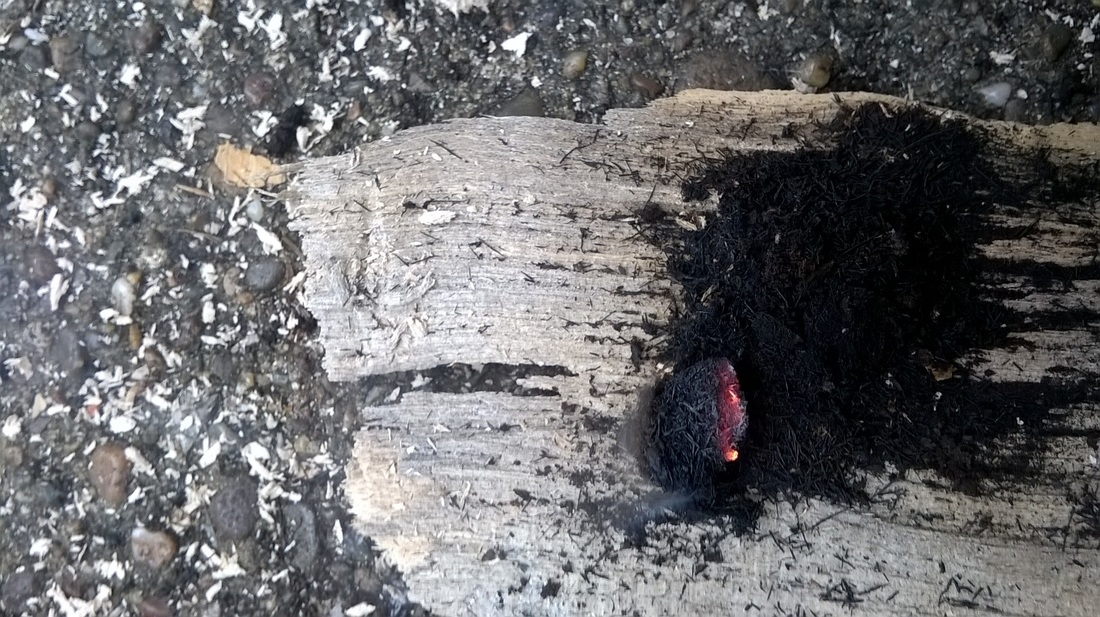
 RSS Feed
RSS Feed